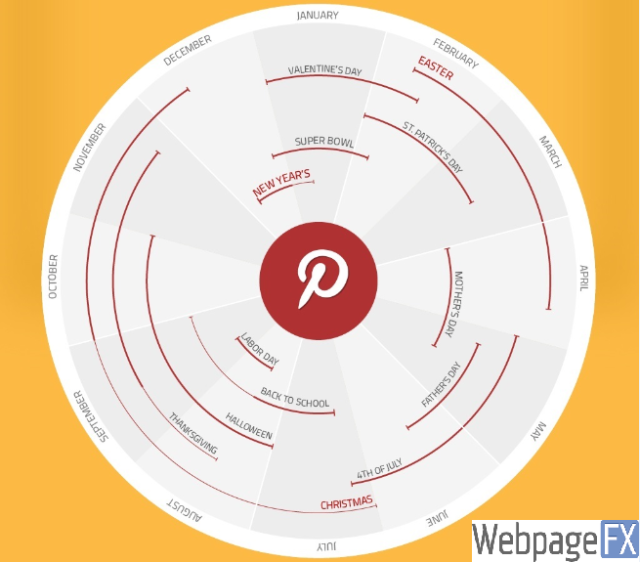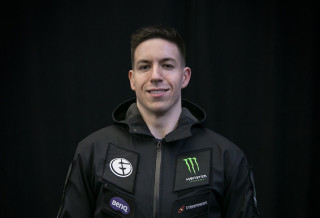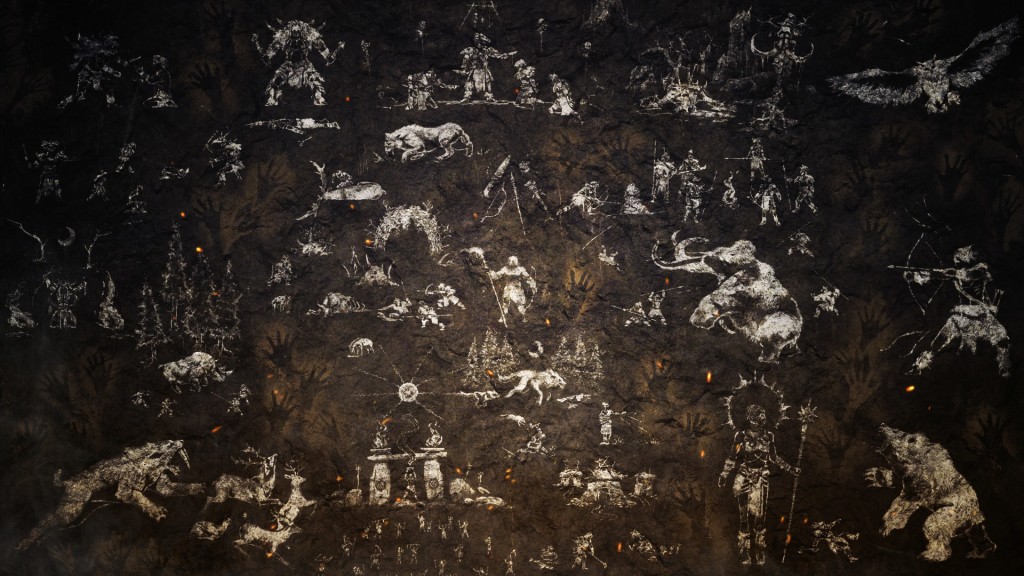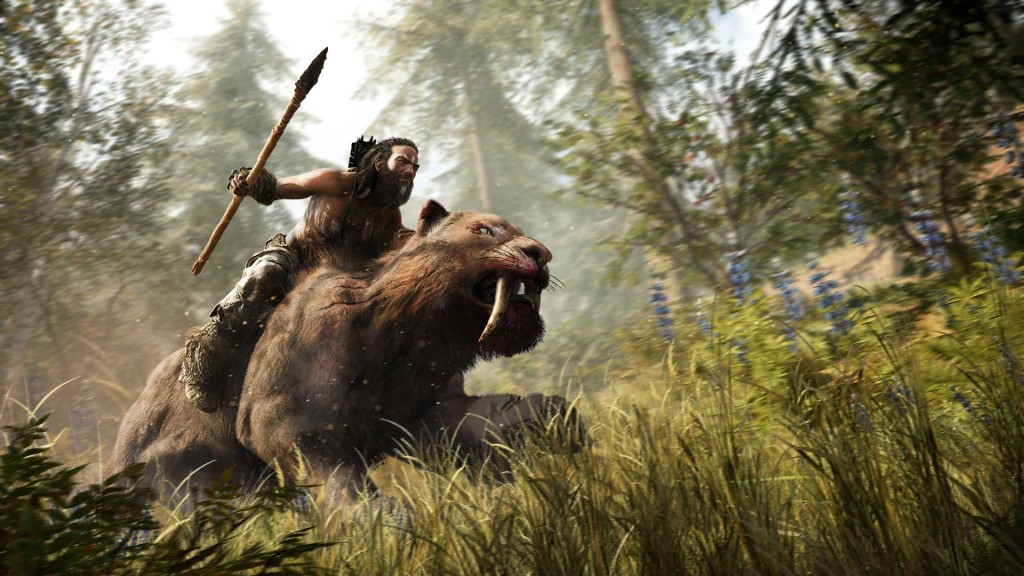With games like Candy Crush Soda Saga and Clash of Clans cleaning up well into the millions, you’d think most players are willing to purchase premium in-game items. But for most games, revenue is supported by about 5 percent of its audience.
Tapjoy recently broke down players into different categories of play, called personas, and offers some advice on how to treat them.
Whales: These are the biggest spenders in a game, with the top 10 percent of an app’s spenders driving 70 percent of its IAP revenue, and nearly 60 percent of total revenue overall. Whales are usually known for having an average revenue per paying user (ARPPU) of $335, across 7.4 IAP transactions each month.
Dolphins and Minnows: Dolphins are known as mid-level spenders, while Minnows are on a lower level. Between the two groups, they spend around $26 in ARPPU, with less than two IAP transactions per month. They also don’t last as long as those in the Whales group, with only 33 average days spent on an app compared to 40.
Non-Spending Offer Takers: Generally, 95 percent of an app’s users won’t spent a cent on the game, and companies try their best to get them to engage with rewarded advertising offers. On average, these players complete eight offers per month, with an average revenue per user (ARPU) of $1.47.
Passive Players: 91 percent of overall users usually never pay for in-app content or take part in any promotional offer for a free-to-play game. That can result from zero-to-5 percent engagement in terms of monetization, and Tapjoy noted that most apps only generate 0.1 percent of revenue from Passive Players. However, they’re still vital, mainly due to their contributions to a daily active user base, and the ability to invite others to play.
Risk-of-Churn Players: Any player could run into churning, depending on length of time spent with an app. The median length of time is measured at 7 hours and 27 minutes, indicating a lot of churn opportunity. Push notifications can go a long way in bringing them back, as those that don’t open an app following a day’s worth of play aren’t likely to return.
New Players: Obviously, New Players play a big part with an app, as inviting – and keeping – them with engaging gameplay is a huge plus. However, it’s noted that players usually won’t make their first in-app payment with an app for about 16.3 days, and offer takers will usually wait 3.7 days before completing an ad offer. Patience is key here, and not bombarding them to the point that they will want to forget about the experience entirely.
To get more insight on these certain player types, [a]listdaily talked with Paul Bowen, Tapjoy’s vice president of global monetization.
Are personas generally fixed, or can developers hope to one day turn Passive Players into spending ones? What about the other personas?
No, personas are definitely not fixed, and it’s the developer’s job to help transition players from one persona to another more desirable one. While there are certainly some players that will never spend within a given game no matter what the developer does, there are many other players that, when presented with the right offer at the right time, will decide to act on it. Similarly, Risk-of-Churn Players can be re-engaged with the right offer or content and turn into highly active and loyal players. And it’s important to remember that developers can greatly impact the amount of Non-Spending Offer Takers by integrating rewarded ad offers into timely and contextually relevant moments within their game.
The report mentions that about 5 percent of players for any given game pay for in-app content. Are high profile games like Clash of Clans, Game of War and Candy Crush Saga exceptions?
There are certainly some games that are the exceptions to the rule, and it is often the successful games when you hear about it because these games monetize so well, they have more money to spend on user acquisition and they become big hits. We don’t know the monetization rates specifically for those games, but we can be fairly certain that they wouldn’t advertise so prominently if they didn’t monetize so well.
Do the types of premium goods offered, or their price, impact the types of personas that play the game?
Certainly. The more compelling and valuable the goods, the more likely they are to sell, and therefore the more paying players a game will have. Similarly, lower price points will attract more paying players. ‘Vanity goods,’ which allow players to personalize their profiles, are often popular, but virtual goods that offer some type of utility in the game will typically convert more payers. It’s just important to remember not do overdo it – players should still be able to have a fair and enjoyable experience even if they never buy anything in the game.
How important are Passive Players to the health of a game, and how should they be treated?
Even though passive players only account for a very small percentage of game revenue, they are extremely important to the overall health of a game because they help drive engagement, they keep the traffic levels up, and they can invite their friends to join them. Developers should do what they can to try and convert these players into payers or offer takers, but if they should choose to remain passive then it’s the developer’s job to accept that and do everything possible to make sure they have the best gaming experience possible.
Besides Passive Players, what is the most prevalent type of persona in mobile gaming?
New Players are clearly prevalent because all players fall into this persona when they first start playing, and if a game is growing fast then there will be lots of new players at any given point. It’s the same thing with Risk-of-Churn Players: all players fall into this category at one point or another, so it’s important to know how to re-engage them and stretch out their player lifespan as much as possible.





